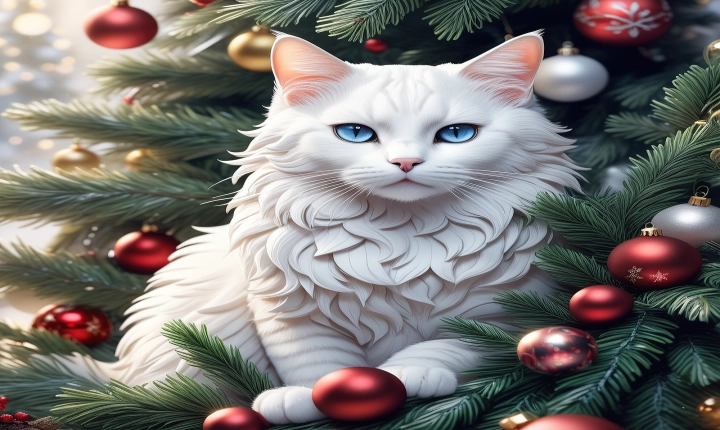AI Art: A Threat to Traditional Artists or an Evolution of Creativity?
Artificial intelligence (AI) has swiftly permeated various aspects of human life, including the realm of art. With the development of AI-generated art, a debate has emerged regarding its impact on traditional artistic practices. Some argue that AI art poses a threat to the livelihood and creative expression of human artists, while others see it as an exciting evolution in the realm of creativity.
The emergence of AI art has raised concerns about the devaluation of human artistic skills and the potential displacement of traditional artists. AI algorithms can analyze vast amounts of data and replicate artistic styles, leading to the production of artworks that closely resemble those created by human hands. This raises questions about the originality and authenticity of AI-generated art, and whether it diminishes the value of art created through human emotions, experiences, and skill.
Moreover, the potential economic impact of AI art cannot be ignored. As AI-generated artworks gain popularity, traditional artists may face increased competition and a decrease in demand for their creations. This shift in the art market could threaten the livelihoods of many artists and disrupt the traditional art ecosystem.
On the other hand, proponents of AI art argue that it represents a new frontier in creativity and innovation. AI algorithms can analyze and synthesize vast amounts of visual data, leading to the creation of unique and unexpected artworks that challenge traditional notions of artistic expression. Additionally, AI art can offer new opportunities for collaboration between human artists and AI systems, leading to a fusion of human creativity and machine learning.
Furthermore, AI art has the potential to democratize the creation and consumption of art. By utilizing AI tools, individuals with limited artistic training or resources can engage in the creative process and produce compelling artworks. This accessibility can broaden the diversity of voices in the art world and foster new forms of artistic expression.
It is important to recognize that the rise of AI art does not necessarily invalidate traditional artistic practices. While AI can replicate certain artistic styles, it lacks the intrinsic emotional depth and personal narrative inherent in human-created art. The craftsmanship, introspection, and cultural context that human artists bring to their work are irreplaceable, and these elements are valued by art enthusiasts and collectors.
In conclusion, the debate over whether AI art poses a threat to traditional artists is multifaceted and warrants careful consideration. While AI-generated art does present challenges to the traditional art industry, it also offers new opportunities for creativity, accessibility, and collaboration. As with any technological advancement, the integration of AI in art should be approached thoughtfully and ethically to ensure that the contributions of human artists are valued and preserved. Ultimately, the coexistence of AI and human creativity may lead to a rich and diverse artistic landscape, where both traditional and AI art can thrive and complement each other.
